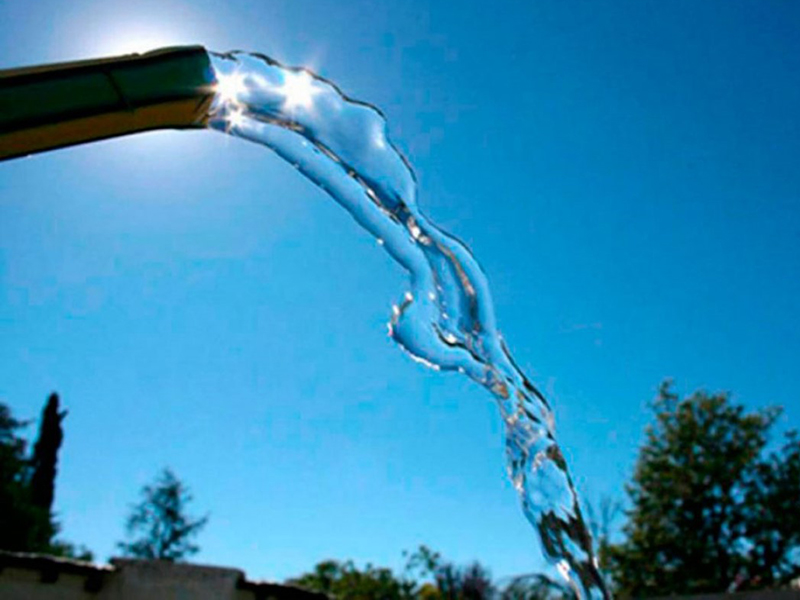Submersible pumps of all kinds can provide decades of reliable performance if efficient maintenance is performed and attention is paid to observe wear. In this article we give you some useful tips for the maintenance of a submersible pump.
Use these useful tips to observe any change in the submersible pump and schedule the appropriate services for maintenance, either by doing them yourself or leaving them in the hands of professionals.
Make regular inspections of the submersible pump
Submersible pumps often spend very large periods of time without being seen, however, there are some easy maintenance checks that can be done to ensure optimum performance and longevity.
The first thing is to monitor the pump’s output to ensure that everything works as usual. From the surface, be sure to verify that there are no water leaks, evaluate the condition of the electrical wiring and organize the valves and seals so that they are changed according to the manufacturer’s or supplier’s instructions.
It is a good idea to do some annual maintenance inspections of the pumping equipment, this will provide a record of what has been verified in each review.
Symptoms to consider in the maintenance of a submersible pump
To properly maintain a submersible pump it is necessary to be aware of some signs of failure or lower performance on a regular basis. This way the problem can be tackled before it becomes very serious.
- Less water leakage: if no water comes out it is necessary to check the circuit breaker to see if it has tripped. However, the possible causes of a decrease in the output flow may be a low level of water or liquid supply, an obstruction of sand or other materials, a restricted impeller or general wear.
- Irregular water flow: If water is sprayed on the surface, you may have a problem with cracked water pipes, or the submersible pump may have a broken check valve.
- Excessive noise: if you can hear the noise of the electric motor, stop using it and contact a specialized technician as soon as possible. If you hear the noise of the pump itself, it may be due to insufficient liquid levels (if the pump is pumping air for a part of the time), or there may be a blocked or failing component.
- Excessive heating: Overheating of a submersible water pump can sometimes indicate that there is not enough water in the well to keep it cold or that the pump is failing. If the electric motor overheats, it is important to check it to avoid more expensive repairs or replacements.
- Cloudy water or obstruction: If the liquid being pumped is unusually clogged or cloudy, there may be a problem with sediments in the system. Possible solutions may include digging a deeper well for the water pump or rinsing the pump to remove any blockage.
- Particularly high electricity bills: submersible pumps generally do not work at all times, and if this occurs, it may be a sign that the switch or pump is failing. Increased use of electricity could also indicate a system blockage or impeller failure.
If you take into account these symptoms of malfunction and perform a proper submersible pump maintenance, you can use your equipment for many years.





